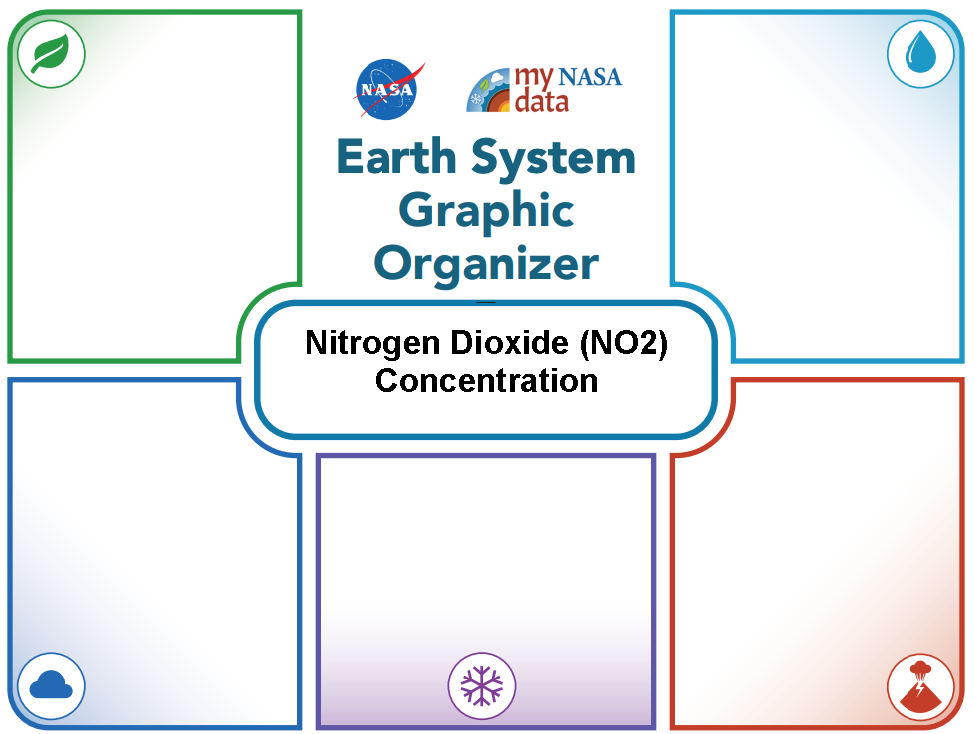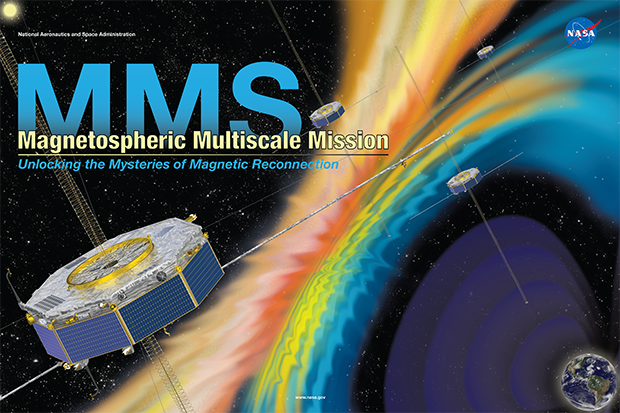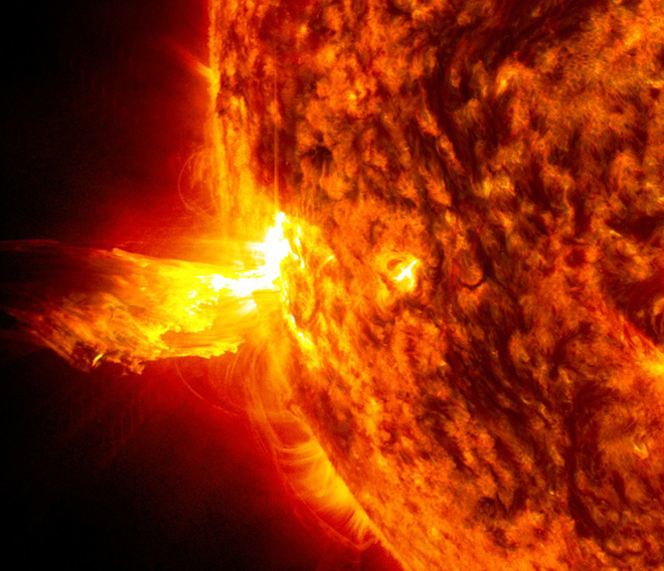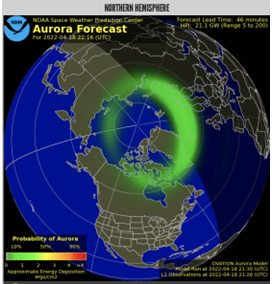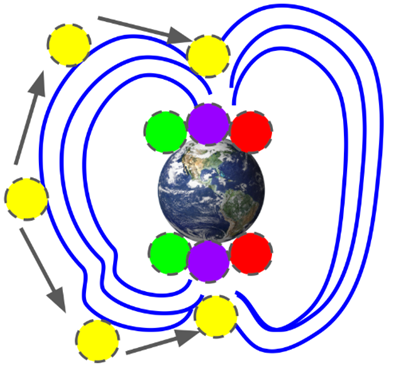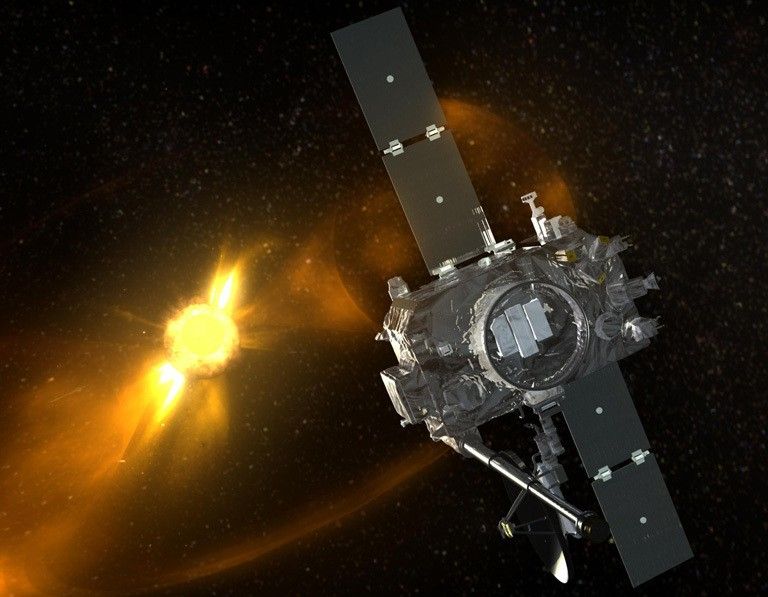The Solar Eclipse Implementation Sequence provides a series of lesson plans for students to learn about solar eclipses.
List of all Earth as a System Lesson Plans




Students will explore the relationship between Nitrogen Dioxide and Precipitation in Earth's atmosphere. They will explore the data provided, make a claim, and complete a slide guided by a rubric.
The El Niño Implementation Sequence provides a series of lessons and activities for students to learn about a condition that sometimes occurs in the Pacific Ocean, but it is so big that it affects weather all over the world.
The Earth System Satellite Images, along with the Data Literacy Cubes, helps the learner identify patterns in a specific image.
Learners will build a 2D model of the Magnetospheric Multiscale (MMS) Spacecraft model.
Learners will analyze space-weather data from the National Oceanic and Atmospheric Administration (NOAA). Learners will compare two different types of data: sunspot data and measurements from magnetometers on Earth.
In this activity, learners predict the likelihood of aurora on Earth by examining the Kp-index and using NOAA’s 30-minute aurora forecast.
Using a “fun-size” bag of rainbow bite-sized candies learners will place different colored candies on a diagram of the Sun-Earth system to show different space weather conditions during solar minimum and solar maximum.
In this activity, learners will explore an additional tool used to observe the Sun’s atmosphere, called a coronagraph. Learners will create a flipbook of a coronagraph showing a coronal mass ejection.
Learners use a compass to trace magnetic field lines of a bar magnet. They observe a CME hitting Earth’s magnetosphere and compare its shape to the magnet. They then apply their understanding of magnetic fields to those found on the Sun.







